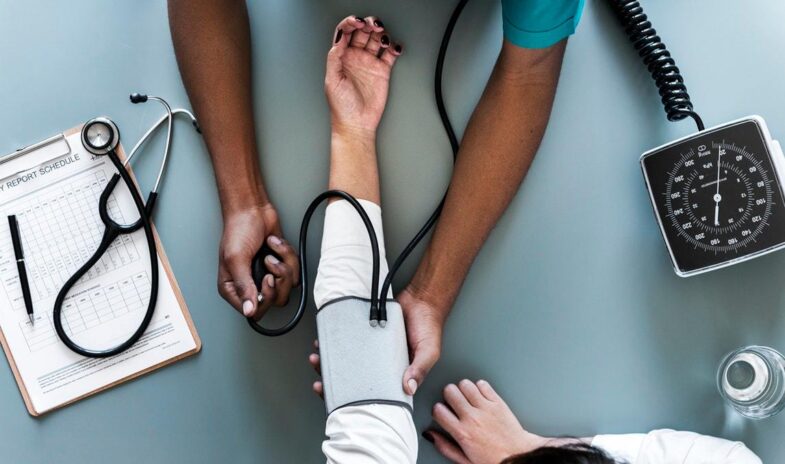
Due to technological advances, much has changed since researchers first formed the Biofeedback Research Society in 1969. Now called the Association for Applied Psychophysiology and Biofeedback, the society’s new name exemplifies a conceptual shift in the scientific community’s understanding of biofeedback.
A Shift in Therapeutic View
In biofeedback’s nascent phases, researchers thought that their methods of observation were the main drivers of patients’ results. Today, however, biofeedback places less emphasis on medical instruments and more on patients’ acquisition and mastery of particular skills.
A prime example is the ability to reduce one’s heart rate and breathing, two involuntary functions that often speed up in response to stress. The equipment used in biotherapy can trigger a reaction in patients who suffer from tests or doctor anxiety. This can help practitioners assess the intensity of patients’ involuntary responses to stress and their ability to control them.
Interactive Portable Innovations
Before iPhones and FitBits, biofeedback therapy was confined to the hospitals, medical centers, and clinics that had the necessary instruments. Now, patients can actively measure and monitor targets like skin temperature, heart rate, breathing, or muscle tension at any time by using at-home or portable biofeedback devices.
Sensors attach to the fingers, or ear, and measure physiological changes which can then be uploaded to
a computer or other device. Prompts and graphics help users to identify their issues and counter them
therapeutically with relaxation techniques, positive thinking, or environmental changes.
Meditation and More
The practice of meditation, a common component of biofeedback therapy, has also benefited from
modern biofeedback devices. Patients can wear a headband while meditating to monitor brainwave
activity. This device emits sound signals when the mind is active or calm, which helps the patient learn
to control stress responses. Biofeedback therapy can also take place during sleep to help treat nocturnal
bruxism or sleep apnea. Today, many apps and gadgets tout their biofeedback benefits, but it’s important to research these devices thoroughly before making a purchase.
Transcontinental Advanced Coatings manufactures z-flo®, the conductive film used in many biofeedback sensors. To learn more about our company and product lines, fill out our online form.